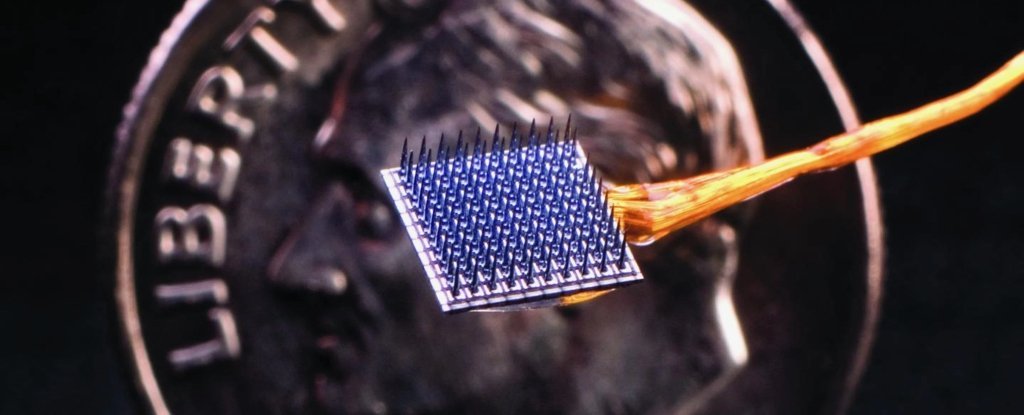When the Cassini-Huygens probe dove through the salty plumes belching from the interior of Saturn’s moon Enceladus, it made an unexpected detection: a collection of compounds that are also associated with hydrothermal vents on Earth’s ocean floor.
In particular, the amount of methane in the plumes caught astrobiologists’ attention – it seemed peculiarly high. Even so, it remained possible that known geochemical (that is, non-biological) processes could be responsible for the abundance.
That’s no longer the case. Scientists have determined that no known process can be pumping out the amount of methane observed spewing from Enceladus. That means it could be an unknown process – or it could be biological in origin.
“We wanted to know: Could Earthlike microbes that ‘eat’ the dihydrogen and produce methane explain the surprisingly large amount of methane detected by Cassini?” said biologist Regis Ferriere of the University of Arizona.
“Searching for such microbes, known as methanogens, at Enceladus’ seafloor would require extremely challenging deep-dive missions that are not in sight for several decades.”
Just because we can’t nip over there and take a squiz, though, doesn’t mean we have no tools for figuring these things out. The researchers turned to mathematical modelling using known variables – processes that produce methane here on Earth.
Enceladus is a fascinating place. It’s far from the Sun, and armored by a thick shell of ice. However, swirling below that ice is a vast global ocean, one that may have currents and the necessary ingredients for life.
One would think an ocean world far from the Sun may be too cold to support life, but the planetary tidal forces at play could be heating the moon’s interior.
This would not only help keep that global ocean from freezing, it could also mean the presence of hydrothermal vents. These, as the name suggests, are vents in the ocean floor, where heat from the warm interior seeps into the surrounding ocean.
On Earth, these vents are particularly interesting ecosystems: the life that thrives there does so on a food web based on chemical reactions, known as chemosynthesis, rather than photosynthesis, which relies on the Sun.
So, if hydrothermal vents are present on Enceladus – and all signs seem to indicate that there’s a pretty good chance they are – then they could support life more or less as we know it.
The compounds associated with hydrothermal vents that Cassini detected in Enceladus’ plumes included, along with methane, dihydrogen and carbon dioxide. The research team incorporated known biological and geochemical processes into their modelling to see if they could reproduce the relative abundances of these compounds.
The first step was to look at the dihydrogen abundance, and determine if it could be produced by hydrothermal activity. Then, the next step was to determine if it was sufficient to feed a population of hydrogenotrophic methanogens. Here on Earth, these are archaea (single-celled microorganisms) that metabolize molecular hydrogen and carbon dioxide to produce methane.
“Not only could we evaluate whether Cassini’s observations are compatible with an environment habitable for life, but we could also make quantitative predictions about observations to be expected, should methanogenesis actually occur at Enceladus’ seafloor,” Ferriere said.
The work was painstaking, taking into account the temperature of the seafloor and hydrothermal vents, and the effect a population of these microbes would have on their environment. In the end, the team found that the observed abundance of methane was too high to be the result of known geochemical processes.
That means there could be microbes down there, in the dark depths of Enceladus’ ocean.
Of course, that’s not the only explanation. There could also be geochemical processes on Enceladus that don’t occur here on Earth producing the compound.
For instance, primordial methane could have been captured inside the moon from the solar nebula during the Solar System’s formation, and that could be leaking out. Another possibility is the breakdown of primordial organic matter, producing methane as a byproduct. These sources are difficult to model, but they could still be a factor.
The team simply wanted to determine the possibility of life on Enceladus.
“Obviously, we are not concluding that life exists in Enceladus’ ocean. Rather, we wanted to understand how likely it would be that Enceladus’ hydrothermal vents could be habitable to Earthlike microorganisms. Very likely, the Cassini data tell us, according to our models,” Ferriere said.
“And biological methanogenesis appears to be compatible with the data. In other words, we can’t discard the ‘life hypothesis’ as highly improbable. To reject the life hypothesis, we need more data from future missions.”
There are currently no dedicated missions planned to visit Enceladus, but there are other, similar icy bodies in the Solar System with missions pending that could yield more information about ice moon habitability.
The Europa Clipper is being sent to study Jupiter’s icy and (possibly) geyser-spouting moon Europa, and the JUpiter ICy moons Explorer (JUICE) will conduct an investigation of the same.
Several missions to Enceladus have also been proposed, and it seems there’s a growing interest in revisiting the strange, frozen world and collecting new observations.
“Such data,” the researchers wrote in their paper, “are critically needed to identify abiotic sources of methane that might explain Cassini’s observations without calling for methanogenesis.”
The research has been published in Nature Astronomy.


 Local7 years ago
Local7 years ago
 Crime8 years ago
Crime8 years ago
 Local8 years ago
Local8 years ago
 Top Stories2 years ago
Top Stories2 years ago
 Crime8 years ago
Crime8 years ago
 Crime8 years ago
Crime8 years ago
 Sports10 months ago
Sports10 months ago
 Crime8 years ago
Crime8 years ago






You must be logged in to post a comment Login